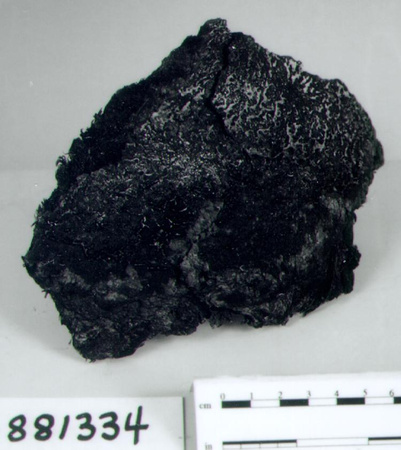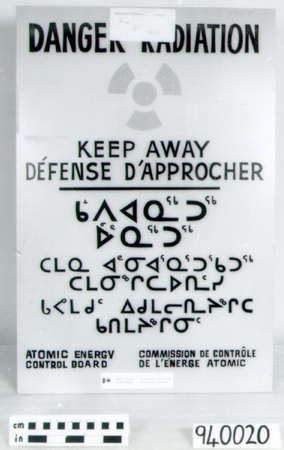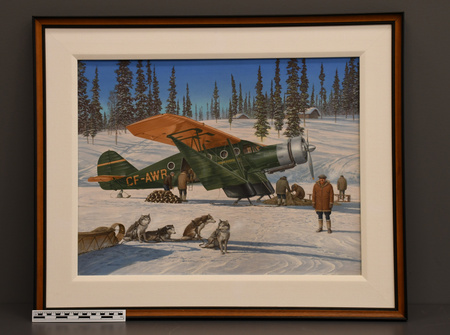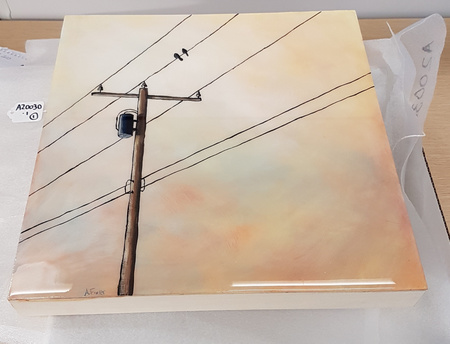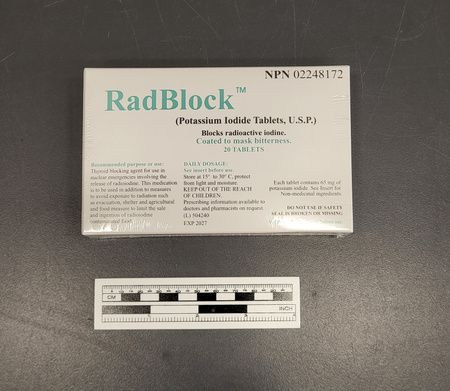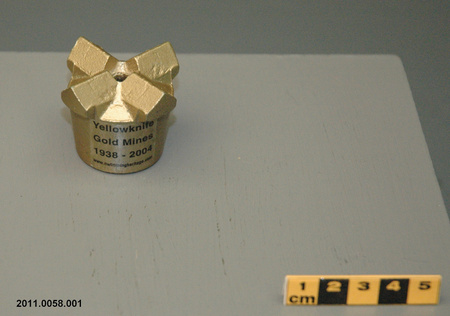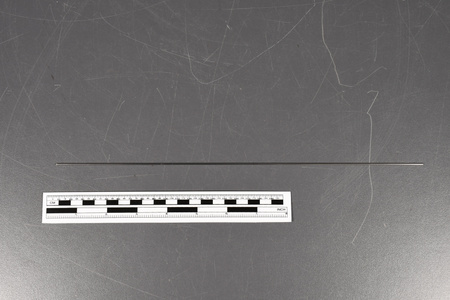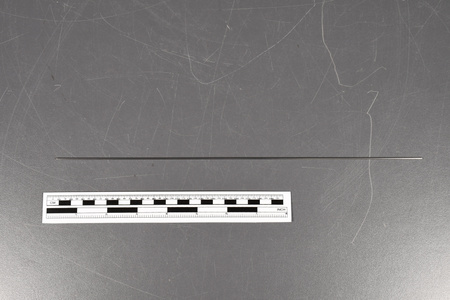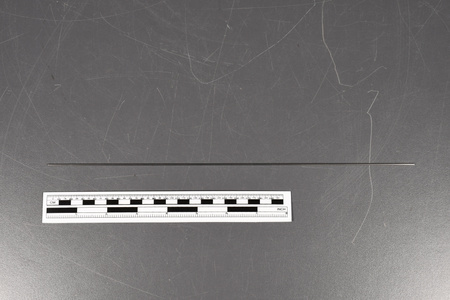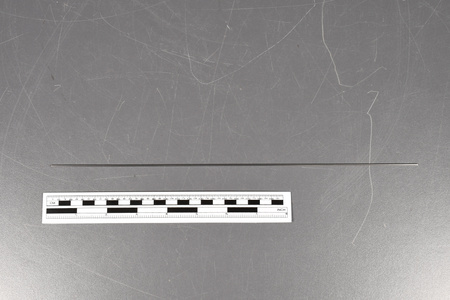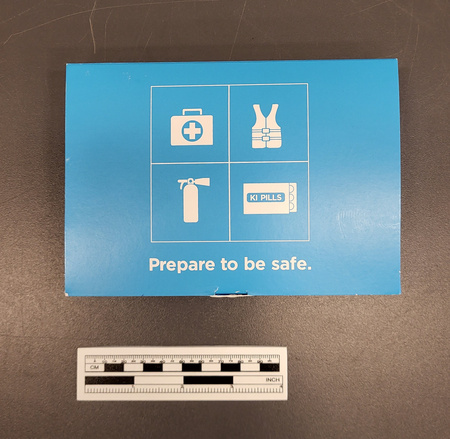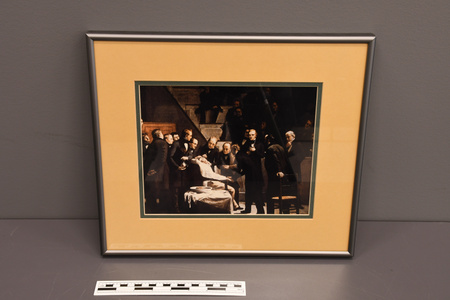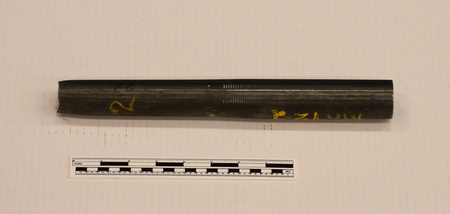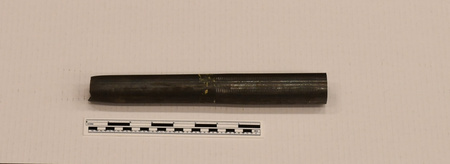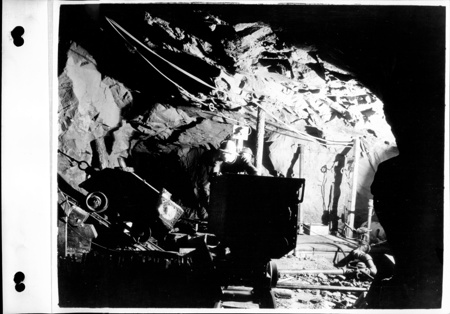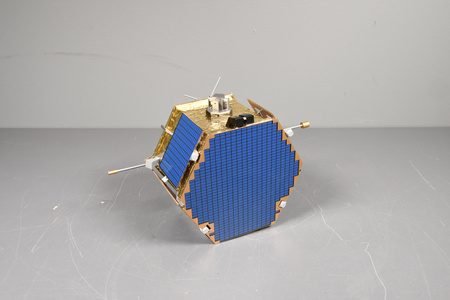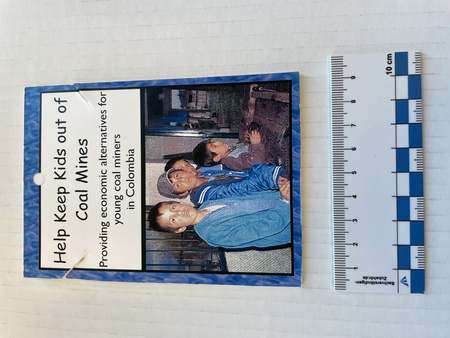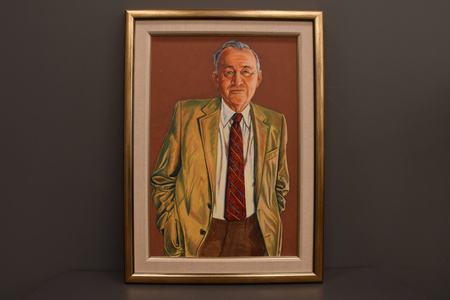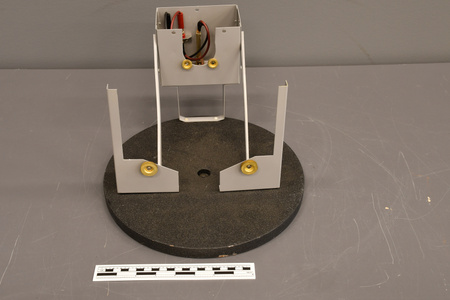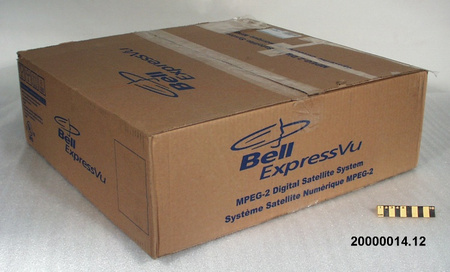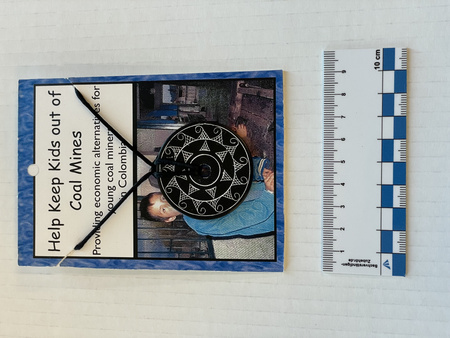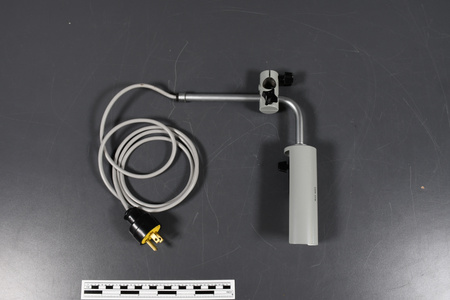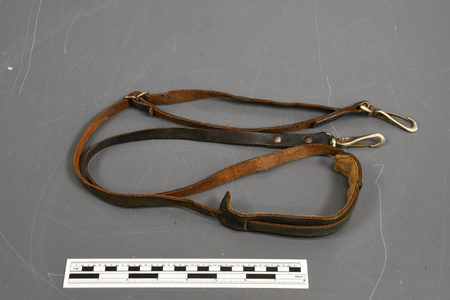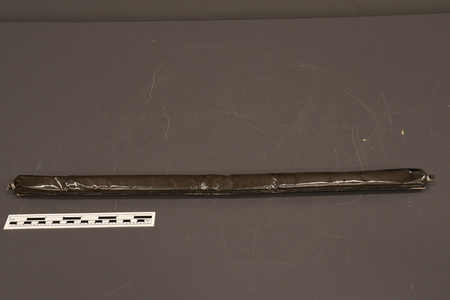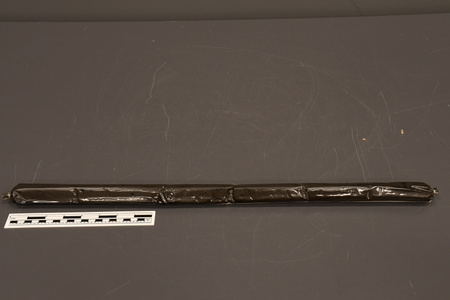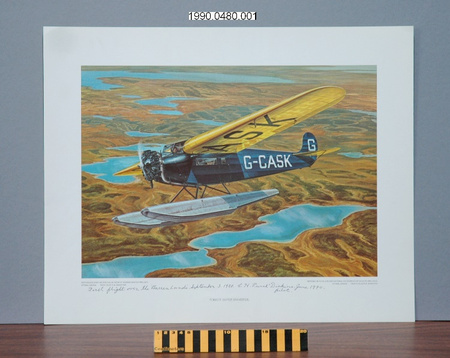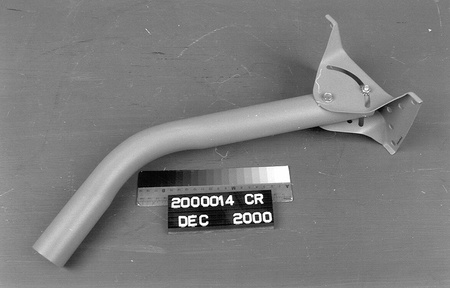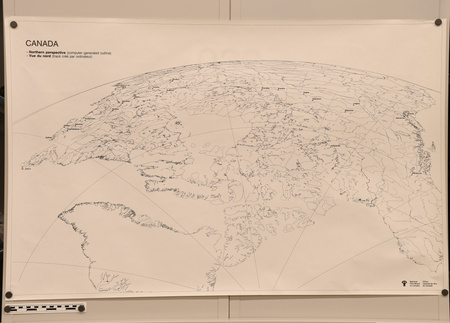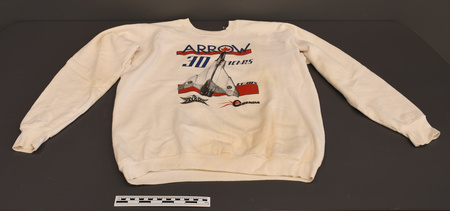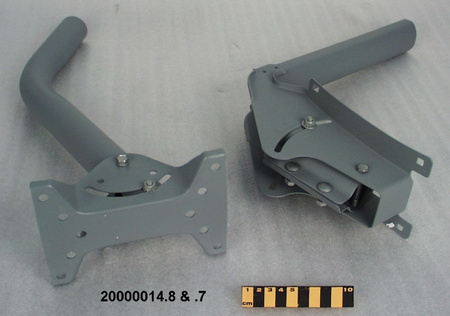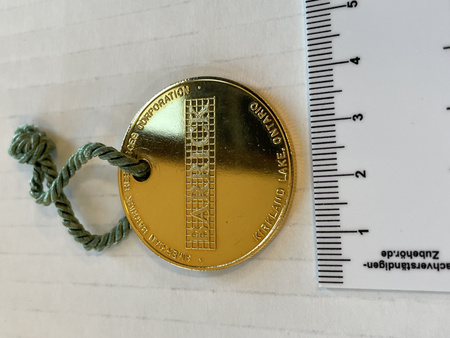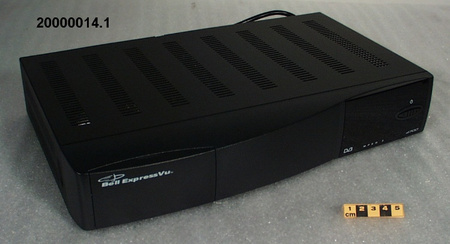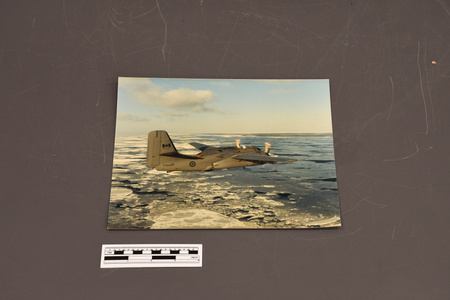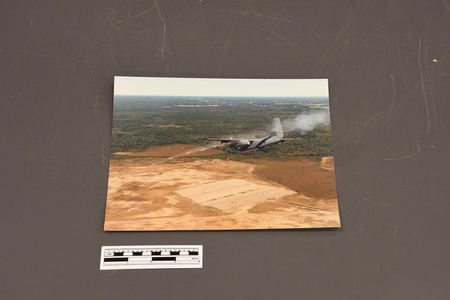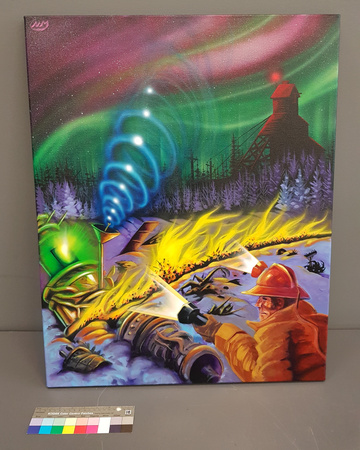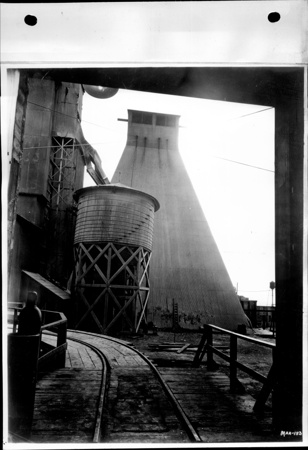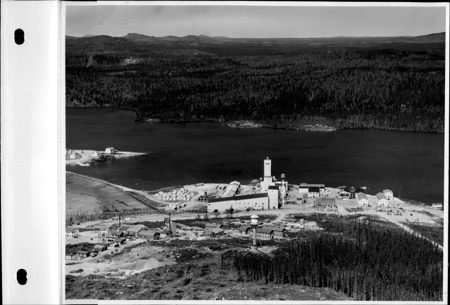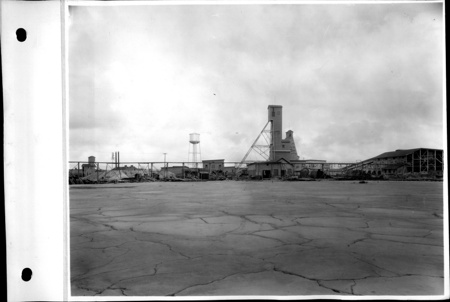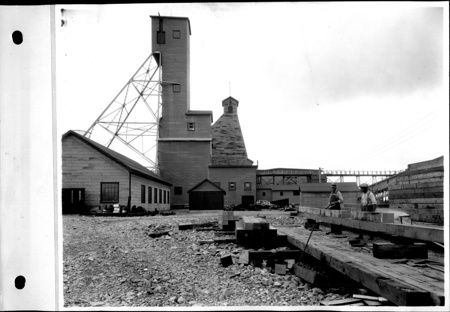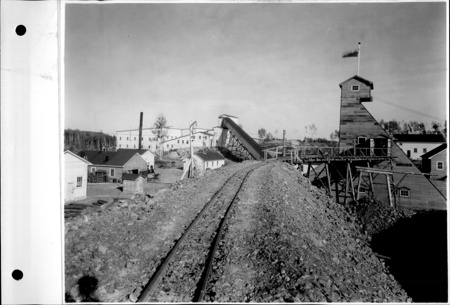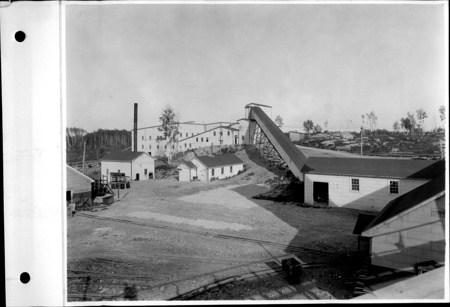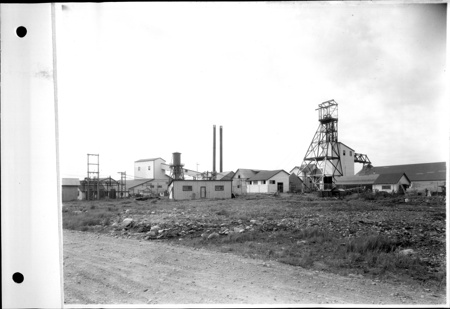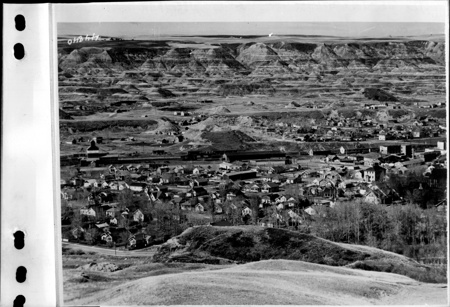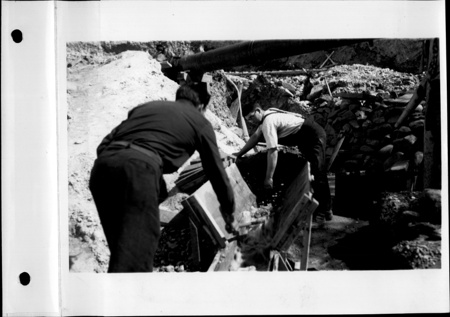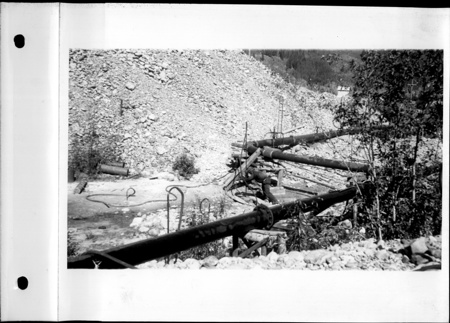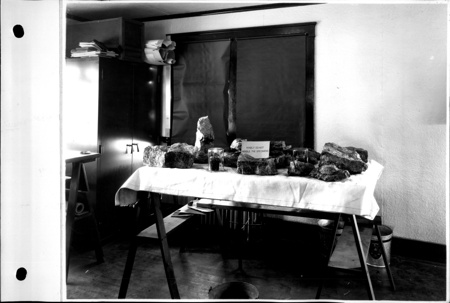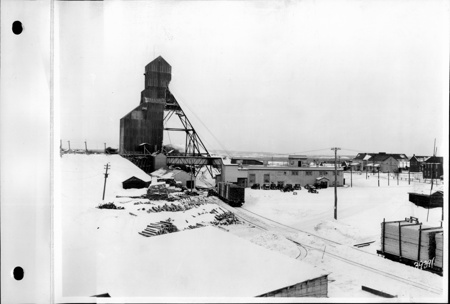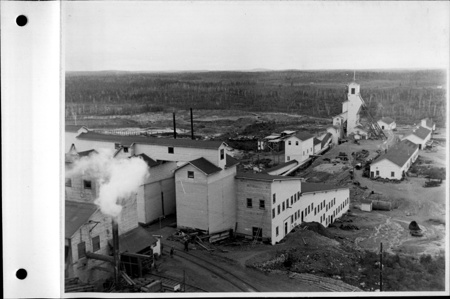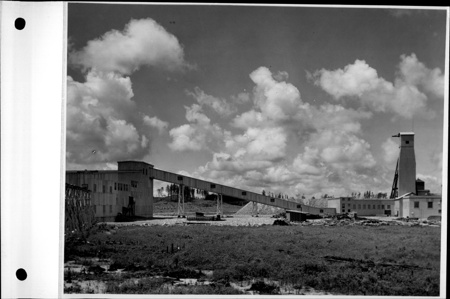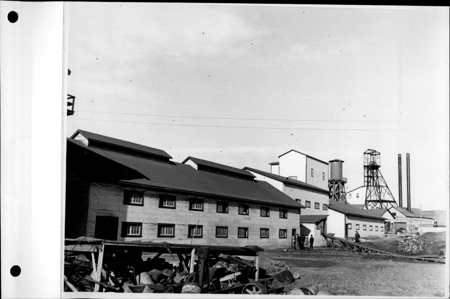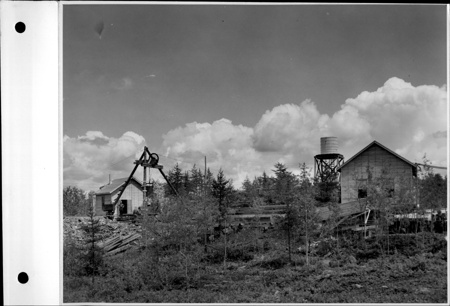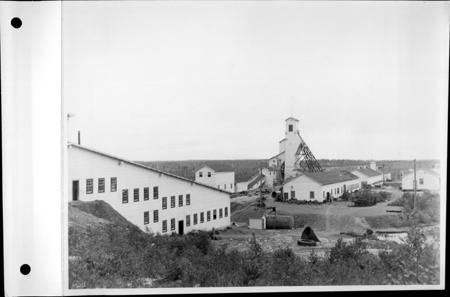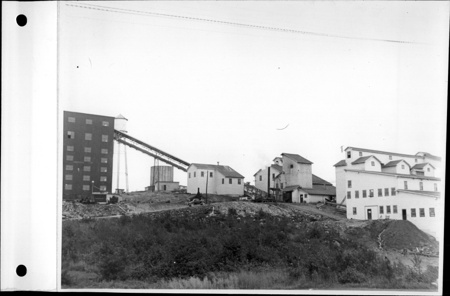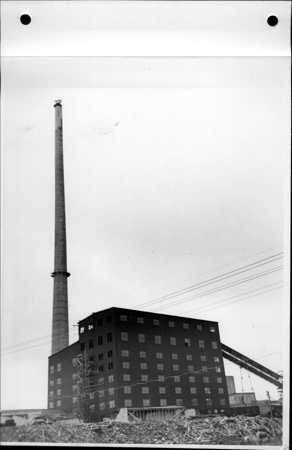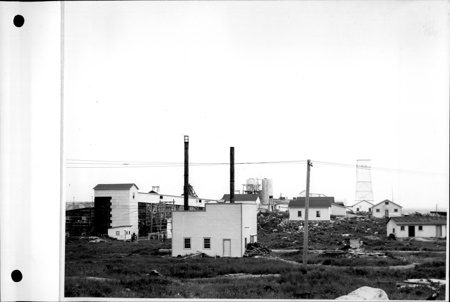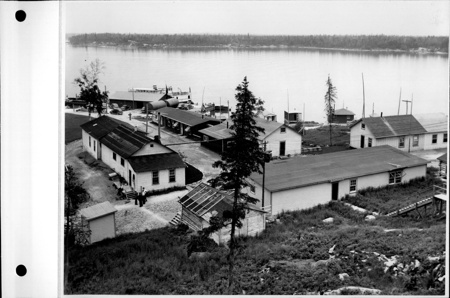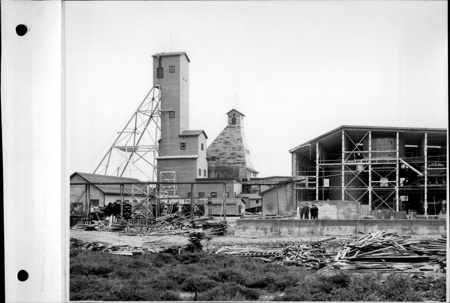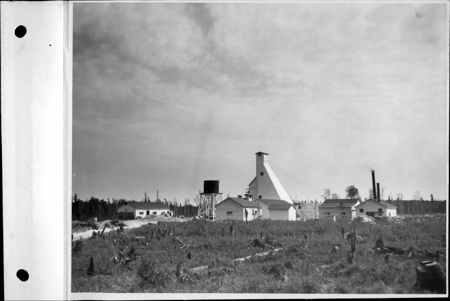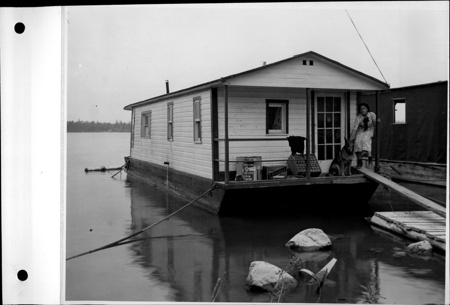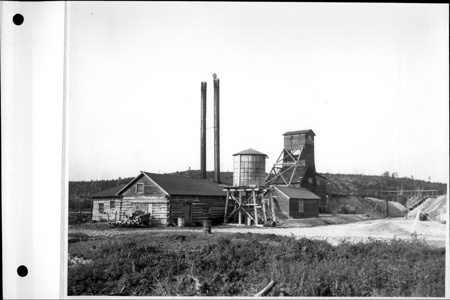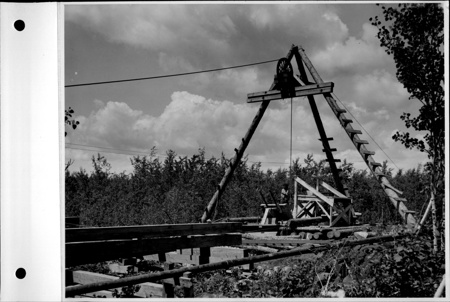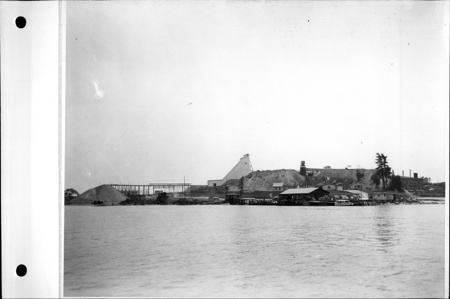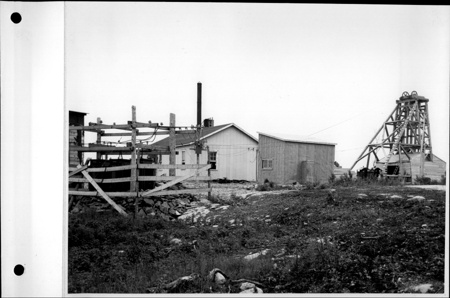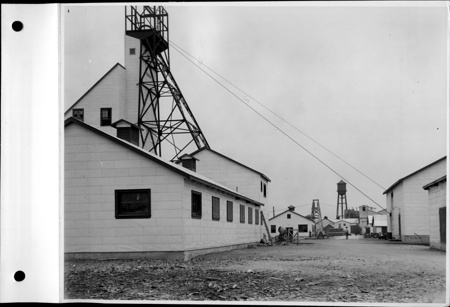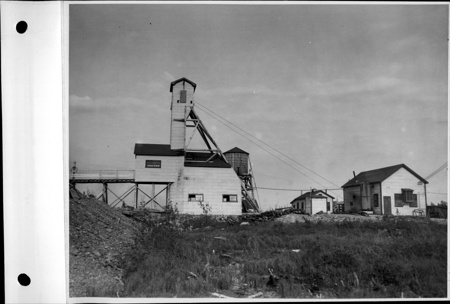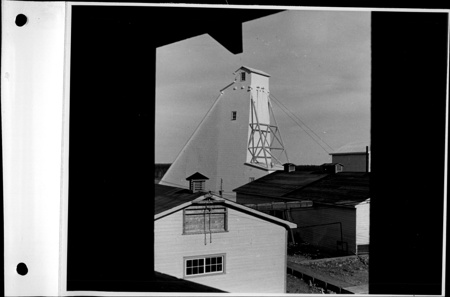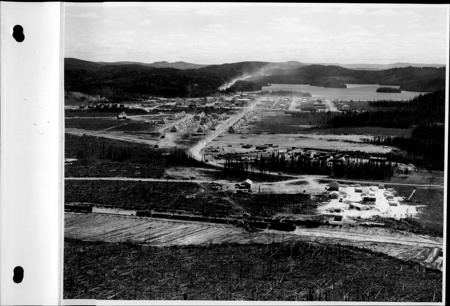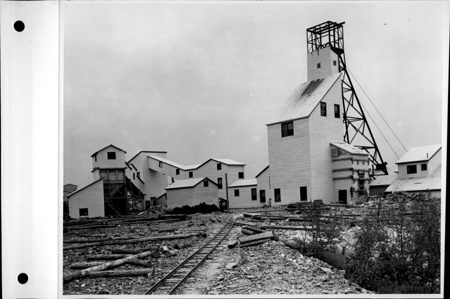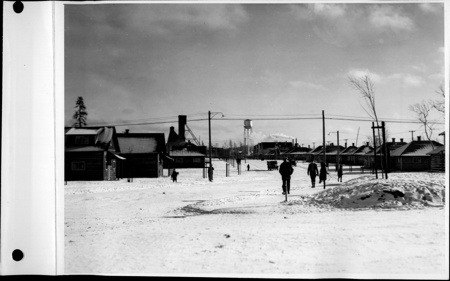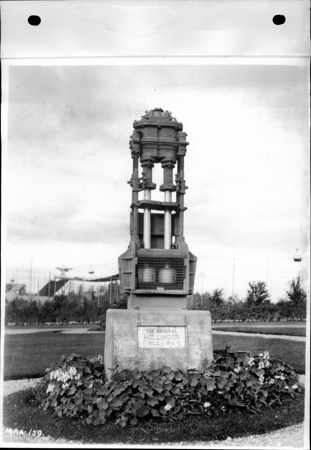Painting
Use this image
Can I reuse this image without permission? Yes
Object images on the Ingenium Collection’s portal have the following Creative Commons license:
Copyright Ingenium / CC BY-NC-ND (Attribution-NonCommercial 4.0 International (CC BY-NC 4.0)
ATTRIBUTE THIS IMAGE
Ingenium,
2015.0571.001
Permalink:
Ingenium is releasing this image under the Creative Commons licensing framework, and encourages downloading and reuse for non-commercial purposes. Please acknowledge Ingenium and cite the artifact number.
DOWNLOAD IMAGEPURCHASE THIS IMAGE
This image is free for non-commercial use.
For commercial use, please consult our Reproduction Fees and contact us to purchase the image.
- OBJECT TYPE
- acrylic on canvas/framed
- DATE
- 2014
- ARTIFACT NUMBER
- 2015.0571.001
- MANUFACTURER
- Unknown
- MODEL
- Kosmos 954
- LOCATION
- Yellowknife, Northwest Territories, Canada
More Information
General Information
- Serial #
- N/A
- Part Number
- 1
- Total Parts
- 1
- AKA
- N/A
- Patents
- N/A
- General Description
- Painting made from acrylic paint, varnish on canvas. Peinture fabriqué à base de peinture acrylique et du vernit sur une toile.
Dimensions
Note: These reflect the general size for storage and are not necessarily representative of the object's true dimensions.
- Length
- 76.0 cm
- Width
- 61.0 cm
- Height
- 2.0 cm
- Thickness
- N/A
- Weight
- N/A
- Diameter
- N/A
- Volume
- N/A
Lexicon
- Group
- Energy-electric
- Category
- Commemorative
- Sub-Category
- N/A
Manufacturer
- AKA
- Unknown
- Country
- Canada
- State/Province
- Northwest Territories
- City
- Yellowknife
Context
- Country
- Canada
- State/Province
- Northwest Territories
- Period
- Unknown
- Canada
-
The painting depicts Cosmos 954 satellite crashing over NWT on January 24, 1978. MacIntosh describes it as follow: "I was drawn to this subject because I am attracted to unique northern history. The story of Kosmos 954 reads like something out of a science fiction novel. The mysterious celestial event of a Cold War nuclear powered Soviet satellite, breaking up upon re-entry and showering radioactive debris over the Great Slave Lake area of the NWT is a remarkable tale. In my painting, I have depicted the crashed satellite being discovered by a gold miner, working at a near by mine which can be noted by the mines' head frame in the distance (aka, either Con mine or possibly Giant mine). I did this to link the geography to the Great Slave Lake area which is famous for its gold mines and therefore closer to home. We are also famous for our northern lights which I put in the night sky to suggest the celestial link between the north and outer space (which is where the satellite came from)". The painting is quite representative of Northern art. It records a story that has been passed on in oral tradition. Inuit art often uses techniques reminiscent of graphic design and based on textile appliqué work. MacIntosh was trained as a graphic designer and is an accomplished cartoonist. His style does not strive for a great perspective or depth in the painting, but features sharply outlined shapes and colour. Finally, MacIntosh’s depiction of nature: tundra, northern lights, snow; and his choice of bright colours places his piece firmly in the Northern tradition. Yet, interestingly enough, MacIntosh choses to depicts NWT as an industrial landscape. The mine shaft towers over the nature, and the transmission lines outline the horizon. The only person at the scene is a local gold miner. MacIntosh definitely re-imagines the event, not as a failure of nuclear technology over an isolated area, but as a clash of technologies and Northern nature witness by an industrial worker. Cette peinture représente le satellite Kosmos 954 qui c'est effondré au territoire du nord-ouest le 24 janvier 1978. MacIntosh décrit son oeuvre comme-ci: " J'étais attiré au sujet étant donné que je suis fasciné avec l'histoire unique du nord. L'histoire du Kosmos 954 donne l'impression d'être un récit science-fiction. L'évènement céleste d'un satellite soviétique de la guerre froide, qui brise dans sa rentrée et déverse des débris radioactifs dans la région du Grand lac des Esclaves, est une histoire remarquable. Avec cette image, j'illustre le satellite qui se fait découvrir par un ouvrier minier, ce qui est souligné avec l'illustration du chevalement minier en arrière-plan. Le nord canadien est reconnu pour ses aurores boréales. J'en ai illustré pour démontrer le lien céleste entre le nord et l'espace (d'où venait le satellite)". Cette peinture est très représentative de l'art du nord. Elle enregistre une histoire qui est répété à l'orale. L'art inuit utilise souvent des techniques similaires à la conception graphique et basé sur le travail d'appliquer textile. MacIntosh a une formation en "designer graphique et est un dessinateur accompli. Son style n'aspire pas nécessairement d'avoir une grande perspective ou profondeur, mais MacIntosh s'assure de mettre des couleurs brillantes et des formes délimitté en avant-plan. Finalement, la représentation naturelle (toundra, aurores boréales, neige) et le choix de MacIntosh d'utiliser plusieurs couleurs brillantes réaffirme son oeuvre dans la tradition d'art du nord. Le chevalement minier domine la nature en grandeur et les lignes électriques soulignent l'horizon. La seule personne mise en scène est l'ouvrier minier. MacIntosh représente l'évènement comme étant une lutte entre technologie et la nature du nord et non comme étant un exemple de d'échec technologie nucléaire. - Function
-
Artistic representation of technology. Une représentation artistique de technologie. - Technical
-
Although the main theme of the painting is the crash of the Cosmos 954 satellite, the painting blends this event with depictions of mining and energy technologies. Cosmos 954 was a Soviet reconnaissance satellite designed to monitor ocean traffic. It was powered by a small nuclear reactor, which was supposed to detach as the satellite re-entred the atmosphere. However, Soviets lost control over the satellite in mid-December 1977, and it crashed over a large area of northern Canada in Jan. 1978. Canada launched a recovery mission called Operation Morning Light to recover radioactive pieces and charge Russia $3 millions for the clean-up. Arguable, Cosmos 954 was the first satellite powered by a nuclear reactor to fail. Its story contributed to the fear of nuclear power. The painting also depicts transmission lines, which lead to a gold mine. In that, MacIntosh wanted to reinforce the gold mining tradition of the region. The transmission line itself is interesting. NWT has an autonomous transmission system not connected to the national grid. The lack of this interconnectivity between the national grid and Canadian north is a point of an on-going discussion in the energy sector. Malgré que le thème primaire de l'oeuvre est l'effondrement du satellite Kosmos 954, la peinture incorpore cet évènement avec des représentations de technologies minières et d'énergies. Kosmos 954 était un satellite soviétique conçue pour surveiller les navigations océaniques. Le satellite était alimenté par un petit réacteur nucléaire qui était censé se détacher lorsque le satellite rentre de nouveau dans l'atmosphère. Cela dit, les soviétiques ont perdu contrôle du satellite en mi-décembre 1977 et c'est effondré dans le nord canadien en janvier 1978. Le Canada a lancé une mission nommée " Operation Morning Light " pour recouvrir des pièces radioactives et demande à l'union soviétique de rembourser $3 millions en frais. Certain disent que Kosmos 954 était le premier satellite alimenté par l'énergie nucléaire à faire faillite. Son histoire contribue à la peur et l'angoisse de l'énergie nucléaire. En illustrant le chevalement minier, MacIntosh souligne l'impact minier de la région. De plus, la représentation de ligne d'électrique est importante. Le territoire du nord-ouest a un système autonome de transmission pas connecté à la grille nationale. Le manque d'inter-connectivité entre la grille nationale et le nord canadien est encore un pont de discussion dans le secteur d'énergie. - Area Notes
-
Unknown
Details
- Markings
- On the top left corner the artist marked his initials: " NM "
- Missing
- None apparent
- Finish
- Painting made primarily from acrylic paint and varnish on a canvas. Peinture fabriquée en peinture acrylique et vernit sur une toile.
- Decoration
- MacIntosh’s depiction of nature: tundra, northern lights, snow; and his choice of bright colours places his piece firmly in the Northern tradition. Yet, interestingly enough, MacIntosh choses to depicts NWT as an industrial landscape. The mine shaft towers over the nature, and the transmission lines outline the horizon. The only person at the scene is a local gold miner. Bright green northern lights are present in the light pink nightsky. The satellite is glowing with a green radioactive core. The local gold miner is investigating the area wih flashlights. The trees in the background as well as the snow have a shades of light purple. A trail of bright yellow fire is leading from the satellite. La représentation naturelle (toundra, aurores boréales, neige) et le choix de MacIntosh d'utiliser plusieurs couleurs brillantes réaffirme son oeuvre dans la tradition d'art du nord. Cela dit, MacIntosh représente le territoire du nord-ouest comme étant un paysage industriel. Le chevalement minier domine la nature en grandeur et les lignes électriques soulignent l'horizon. La seule personne mise en scène est l'ouvrier minier. Les aurores boréales vertes y sont présentes dans le ciel rosé. Le satellite rayonne une couleur verte radioactive. Le minier enquête le désastre avec des lampes de poches. Les arbres en arrière-plan ainsi que la neige ont des nuances mauve. Une ligne de feu jaune brillant mène au satellite. MacIntosh représente l'évènement comme étant une lutte entre technologie et la nature du nord et non comme étant un exemple de d'échec technologie nucléaire.
CITE THIS OBJECT
If you choose to share our information about this collection object, please cite:
Unknown Manufacturer, Painting, circa 2014, Artifact no. 2015.0571, Ingenium – Canada’s Museums of Science and Innovation, http://collection.ingenium.ca/en/id/2015.0571.001/
FEEDBACK
Submit a question or comment about this artifact.
More Like This
